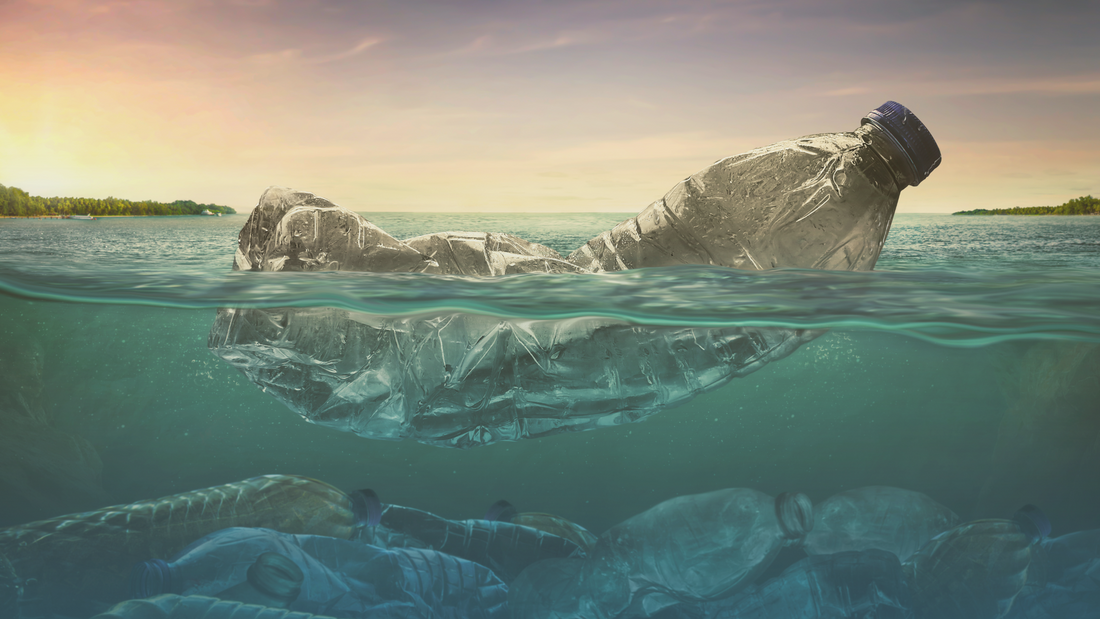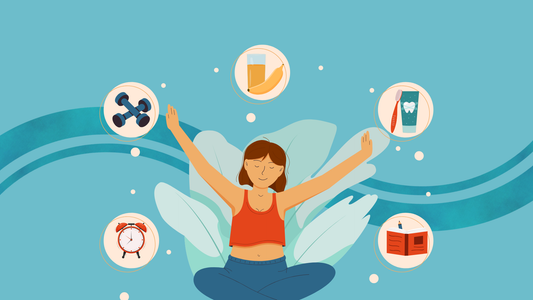Today, plastic water bottles are a common sight, symbolizing convenience in our busy lives. Yet, this convenience comes at a significant environmental cost. The widespread use of these bottles highlights a more pressing issue: their production and disposal significantly harm the environment and, thus, us.
Making a plastic water bottle is a resource-heavy process, beginning with petroleum extraction. This not only drains natural resources but also damages the earth. Turning crude oil into plastic requires a lot of energy and water, contributing to environmental degradation.
Furthermore, plastic bottle manufacturing and global transportation generate a substantial carbon footprint. As per the European Commission, the that the entire progression of plastic products, from production to their eventual disposal, including water bottles, exacerbates problems like global warming and resource depletion. While consumers may not see this impact, it underscores the environmental price of our choices. Recognising the broader consequences of using plastic bottles challenges us to reconsider our actions and their effect on the planet.
Behind the bottle - the production process
When you grab a plastic water bottle, there's a hidden story of its creation - a journey involving intensive resources and significant environmental impacts.
The making of a plastic bottle
Raw material extraction: most plastic bottles start their life as crude oil and natural gas. These are complex mixtures processed into different petroleum products, including the crucial naphtha, which is vital for plastic production.
Polymerisation: this is where small molecules, known as monomers, chemically bond into chains or polymers. Two key methods are used:
- Addition polymerisation: monomers are added one by one to form a chain. Polyethylene, found in many plastic water bottles, is a typical result of this process.
- Condensation polymerisation: this method involves joining different monomers, usually removing small molecules like water. Polymers like nylon and polyester are created through this process.
Compounding and moulding: the final stage is where various materials are mixed and melted to form plastic pellets, which are then moulded into the familiar shape of water bottles.
The environmental toll
Creating plastic water bottles is resource-intensive, contributing to a significant carbon footprint. The manufacturing and distribution of these bottles play a substantial role in exacerbating climate change.
A shift from glass to PET
In the 1970s, the transition from glass bottles to PET (Polyethylene Terephthalate) plastic marked a significant shift. PET bottles, being lightweight and unbreakable, became the preferred choice. However, their convenience comes with an environmental cost.
The concerning statistics
Waste in oceans: shockingly, about 90% of plastic waste originates from just ten significant rivers, primarily located in densely populated regions.
Recycling rates: in the UK, although 99% of local councils accept plastic bottles for recycling, only 58% of them are recycled. This gap highlights a missed opportunity to fully leverage recycling capabilities.
It is crucial to understand the complexities behind plastic water bottle production and its environmental ramifications. As consumers, we can make informed choices, like opting for sustainable alternatives and participating more actively in recycling programs.
A sea of plastic - usage and disposal issues
The staggering volume of plastic waste in the UK paints a troubling picture. Imagine this: UK households throw away around 100 billion pieces of plastic packaging every year. That's about 66 items per week in every home. In 2021, this added up to a colossal 2.5 million metric tons of plastic packaging waste. But where does all this plastic end up? Only about 44% is recycled, with the rest either burnt for energy or buried in landfills. This approach not only harms our environment but also squanders valuable resources.

Across Europe, the situation mirrors the UK's. The EU produced an eye-watering 53 million metric tons of plastic waste in 2019. Forecasts suggest this could double by 2060, surpassing 100 million metric tons annually. Plastic packaging is the main culprit, contributing over 16 million metric tons in 2021. Despite various recycling initiatives, less than half of this waste is recycled, falling short of the EU's target. The rest? It's either incinerated or dumped in landfills.
But it's not just about the waste on land. A staggering amount of plastic ends up in our oceans, with research indicating that around 90% of oceanic plastic waste comes from just ten rivers, most near highly populated areas. This plastic pollution is a ticking time bomb for marine ecosystems and biodiversity.
Europe is waking up to the challenge. The EU's Single-use Plastics Directive aims to phase out several disposable plastic products, a move echoed by increasing calls for a ban on single-use plastics. In a bold move, the EU plans to stop exporting plastic waste to non-OECD countries by 2026, a decision pushing for more responsible and localised waste management.
Tackling this plastic tide is a collective responsibility. Governments, industries, and individuals must unite to embrace sustainable alternatives and a circular economy approach. It's about rethinking our plastic use, choosing reusable options, and fundamentally changing our relationship with this pervasive material.
Health risks in your bottle
While the environmental impact of plastic is well-known, its threat to human health is equally concerning, particularly in the case of bottled water. The perception of bottled water as a high-quality product often needs to be clarified. Many brands repackage filtered municipal water, which can be contaminated with microplastics and harmful chemicals from the plastic packaging.
Recent research has shown the health implications of plastic pollution. Alarmingly, studies have found high levels of microplastics in bottled water. An analysis of 11 popular brands revealed that 93% contained these tiny plastic fragments.
Most bottled water is packaged in PET (polyethylene terephthalate) bottles. Although PET is free from BPA, a known endocrine disruptor, it can still leach phthalates, particularly when exposed to heat or prolonged storage. Some bottled water brands use plastics that include BPA, which has been linked to a range of health issues like fertility problems, altered brain development, cancer, and heart diseases. This has led to its ban in the European Union and China, highlighting its serious health risks.
Embracing sustainable choices, a step towards sustainability
While tap water in the UK and EU is typically safe due to strict regulatory standards, enhancing its quality at home can be both environmentally and financially beneficial. AquaTru offers an efficient and sustainable solution to this. Certified by the International Association of Plumbing and Mechanical Officials (IAPMO) and meeting NSF/ANSI standards 42, 53, 58, and 401, AquaTru effectively removes up to 99% of harmful tap water contaminants. This information, including specific contaminants filtered, is available in our detailed performance data sheet. With its user-friendly design, AquaTru simplifies installation and maintenance, making it suitable for a variety of settings.
To complement your AquaTru system, consider the AquaTru Be O Bottle in purple, a sustainable and stylish choice for your daily hydration needs. This 100% recyclable water bottle is crafted from sugar cane residual material instead of crude oil, making it free from BPA and other chemicals. Its design optimises space. Plus, it's dishwasher safe and does not have any plastic smell or taste. Every purchase of an AquaTru Be O Bottle contributes to the planting of a tree by Trees for the Future, furthering your impact on environmental conservation.
The choice is clear: it's time to rethink our water consumption habits for the sake of our health and the planet!




